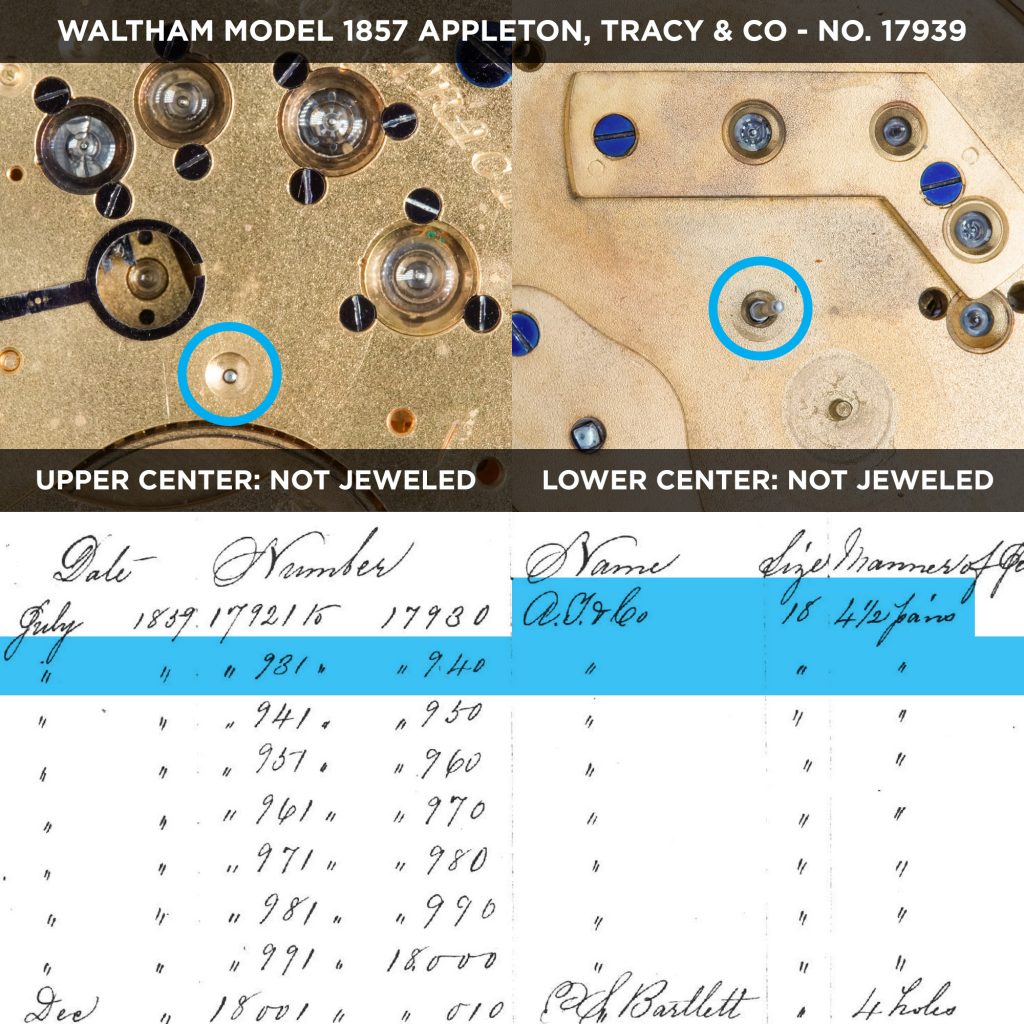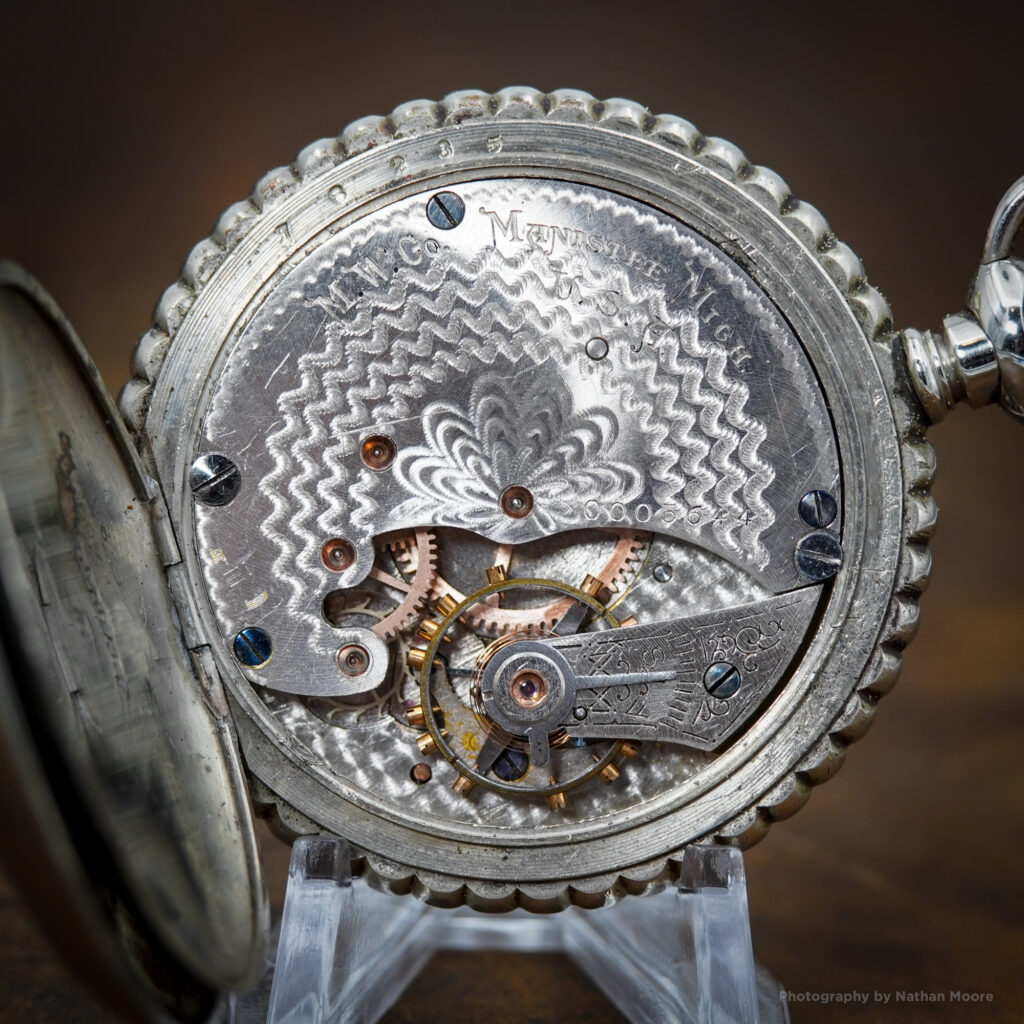Private Label Trade Names on American Pocket Watches: The Non-Magnetic Watch Company: Part 26: Edwin J. Houston’s Experiments: Introduction

In early 1888, the newly reorganized Non-Magnetic Watch Company of America gained momentum as people became convinced that magnetism was a danger to conventional timepieces.
In the March 1888 edition of the Journal of the Franklin Institute, Professor Edwin J. Houston published a comprehensive article exploring several experiments conducted with the Non-Magnetic Watch Company movements.
Houston introduced the experiments by outlining the many causes of rate variation on mechanical timepieces:
- Variations of temperature
- Oxidation of the balance-wheel or the hair-spring
- The influence of position on the balance-wheel
- Variations in the force of recoil of the hair-spring
- Variations in the barometric pressure
- Magnetic retardations or accelerations due to the influence of magnetism on the balance-wheel and the hair-spring.
The objective of Houston’s experiments was to determine whether Paillard’s palladium alloy achieved immunity from strong magnetic fields, as claimed.
Houston described the balance wheel, balance screws, hairspring, and escapement of the Non-Magnetic Watch Company movements as being composed of non-magnetic materials:
“These [palladium] alloys are used for the hair-spring, and for the compensating balance-wheel. The screws placed in the rim of the compensating balance-wheel for weights are made of gold and of platinum. Besides these parts there is a non-magnetic escapement, that is the escape-wheel, pallets, lever, fork and double roller-tables which are made of some non-magnetic substance, generally of non-magnetic manganese bronze, while in the finer watches an alloy of palladium capable of being hardened is sometimes used.”
After a synopsis of each palladium alloy patented by Paillard, Houston described the experiments conducted on two movements produced by the Non-Magnetic Watch Company.
One of these movements was furnished by Alfred C. Smith, secretary of the Non-Magnetic Watch Company. The other was provided by George W. Banks, representing the firm Bailey, Banks & Biddle in Philadelphia.




2 Comments